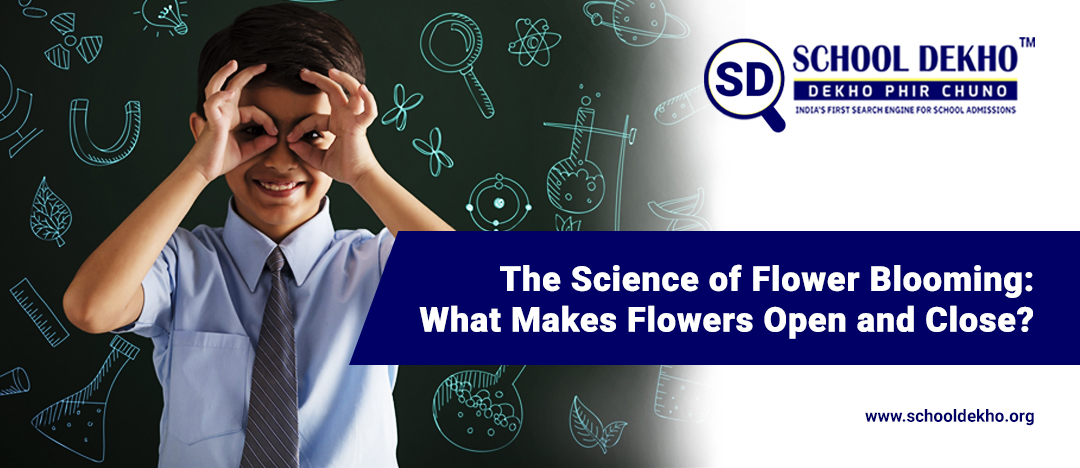
The Science of Flower Blooming: What Makes Flowers Open and Close?
The sight of a flower opening up to reveal its vibrant petals is a spectacle that captivates us all. But have you ever wondered about the science behind this beautiful phenomenon? Flowers, like many living organisms, have their own set of biological mechanisms that dictate when and how they open and close.
In this article, we'll explore the intricate science behind flower blooming, shedding light on the factors and processes that make this natural spectacle possible.
The Circadian Rhythms of Flowers
Just as humans have circadian rhythms that regulate our sleep-wake cycles, many plants, including flowers, have their own internal biological clocks. These circadian rhythms play a pivotal role in determining when a flower will open and close.
Flowers have specialized cells called motor cells, which are responsible for controlling the opening and closing process. These cells are particularly sensitive to light and temperature changes. During the day, when the light intensity increases and temperatures rise, these motor cells become turgid or swollen, causing the flower to open. Conversely, as night falls and temperatures drop, these cells lose turgidity, leading to flower closure.
Photoperiodism: The Role of Day Length
Apart from daily rhythms, flowers also respond to changes in the length of daylight, a phenomenon known as photoperiodism. This mechanism is especially critical for plants that bloom during specific seasons. Different plants have different requirements when it comes to the duration of light they receive in a day.
For example, short-day plants like chrysanthemums will only bloom when the daylight duration falls below a critical threshold, typically in late summer or early autumn. In contrast, long-day plants like sunflowers require longer periods of daylight to initiate flowering, which typically happens during the spring and early summer.
Pollination and Flower Blooming
Flower blooming isn't just about aesthetics; it's a survival strategy. Flowers have evolved to open and close at specific times to attract pollinators like bees, butterflies, and birds. These creatures play a crucial role in the flower's reproductive process by transferring pollen from one flower to another.
Many flowers are adapted to open when their chosen pollinators are most active, ensuring successful pollination. For example, some flowers bloom in the morning to attract daytime pollinators, while others open at night to attract nocturnal creatures.
The Role of Environmental Factors
Environmental factors such as temperature, humidity, and even the presence of certain chemicals in the soil can influence flower blooming. Extreme temperatures or adverse conditions can cause flowers to remain closed for longer periods to protect their reproductive organs. In contrast, optimal conditions can lead to more extended periods of blooming, attracting a higher number of potential pollinators.
The Dance of Nature
The science of flower blooming is a fascinating example of nature's precision and adaptation. It involves a delicate balance of internal biological clocks, environmental cues, and interactions with pollinators. Understanding these mechanisms not only deepens our appreciation for the beauty of flowers but also underscores their vital role in the ecosystem. So, the next time you encounter a blossoming flower, take a moment to appreciate the intricate dance of nature that allows it to open and close with perfect timing.
Contact with Us
Call: 1800 - 2588 - 074
Mail: info@schooldekho.org
Student’s Best Education Portal | School Dekho | India's First School Search Engine | Best Schools Near Me | Find Schools Near Me | Dekho Phir Chuno
#dekhophirchuno







Leave your thought here
Your email address will not be published. Required fields are marked *